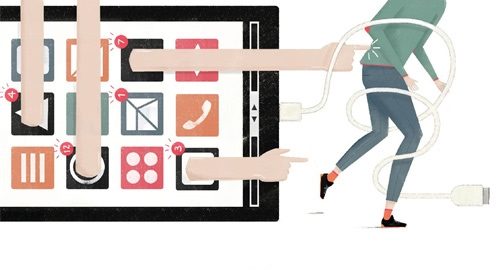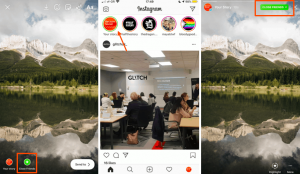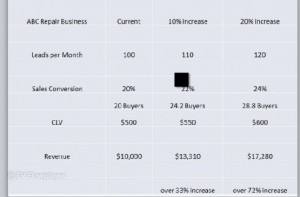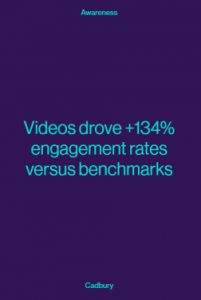
Scanning the news online, a headline catches my attention: “Man, Distracted by Electronic Device, Identified after Falling to Death at Sunset Cliffs.”
The authorities identified the victim as a 33-year-old Indiana man who was visiting friends in San Diego. Witnesses said he was not watching he was going and was obviously “looking down at the device in his hands.”
To be sure, this is an extreme example. But they illustrate how serious the consequences of tech behavior can be. Many of our new media, communications, and information technology habits are resulting not only in more accidents from distractions but also reduced productivity, disrupted relationships, increasing mental and physical health problems, and public safety issues that we need to take seriously and address as a society. In fact, many of the consequences of our new behaviors are so severe that experts are starting to describe them with the language of addiction. This suggests that the rewards from new applications of technology are so powerful that they are rewiring our brains to automatically respond to every app ping and message ring, no matter the risks that may be associate with that behavior in a particular context.
Despite the many advantages of these technologies, there are signs that lots of people recognize the downsides. A study of consumers across nine countries by Ford Motor Company found that 78% of women think technology is contributing to sleep deprivation and 63% of adults agree that technology is making them more impatient and less polite. The study also found that some 80% of respondents think social media is more “optics” than substance—that is, people perceive online representations as commonly fake or self-serving. The report calls this a “tech spiral” caused by continuous connectivity, changes in the way we communicate, and countless hours consuming a nonstop stream of entertainment, social media, advertising, information, and too often, disinformation. All. The. Time.
We are getting more distracted, divided, and depressed. We are changing the nature of our social bonds and our brains. We are all less engaged in intimate ways with the people and experiences that we used to care about.
Change comes at a price. Our collective tech-life balance needs adjustment as we wrestle as a society to define a new form of digital literacy. As we adopt modern mobile technologies and embrace their myriad benefits, we need to be cognizant of the growing consequences of how we adapt to their use.
How can we begin to understand the drivers of these massive shifts in our behaviors as the modern smartphone rewires our brains and alters our lives? Before we look forward in an attempt to restore balance, we need to look backward and understand how we got here.
Our changing world
In order to appreciate the massive shifts in our relationships with modern media technology today, we need to answer an important question: How did media come to dominate our lives?
One compelling theory, offered by sociologist Todd Gitlin, suggests that in the early twentieth century, as the gains of the Industrial Revolution were being realized, American workers and employers made an implicit bargain. On the one hand, workers could take advantage of increased productivity by working less and gaining leisure time.
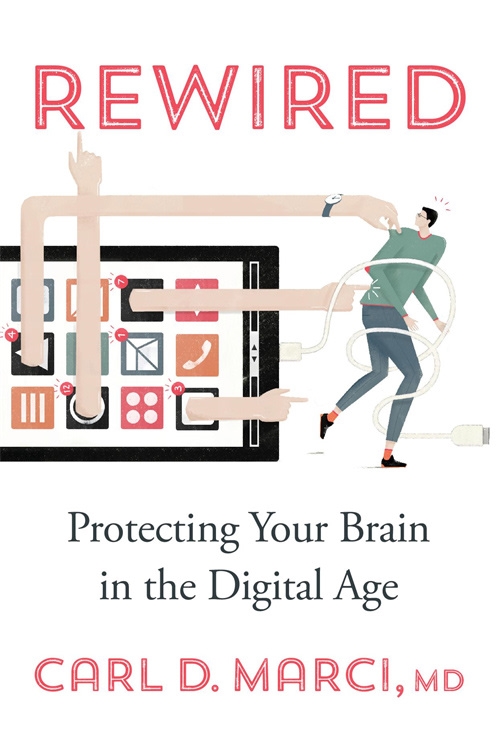
Many European countries went this route, choosing longer vacations over increased paychecks. On the other hand, workers could choose higher wages. Gitlin contends that American business leaders and laborers chose to pad their pocketbooks.
In the not-so-distant past, mass media was a shared, common experience. Organizations sought to reach a large and diverse audience with mass marketing. Today these same organizations invest in targeted marketing.
As consumers, we can now choose what we watch, where we watch, when we watch, and how we watch in ways unimaginable even a few years ago. And the result of all these choices is a huge increase in time devoted to media. Consider statistics from Nielsen Company, the world’s oldest and largest provider of media viewing and purchasing—where I served as global chief neuroscientist and executive vice president. In Nielsen’s quarterly Total Audience Report, we see that in less than two decades, there has been a massive shift in media consumption time and the types of devices used.
According to Nielsen, in 2002 US adults consumed an average of about 48 hours of media per week, mostly via TV, radio, and video cassettes. In 2018, the figure topped 11 hours per day. Americans now spend the equivalent of nearly two full-time jobs consuming media each week!
How did Americans manage to find an extra 30-plus hours a week over the last two decades to consume media? The answer: mobile technologies and the rise of media multitasking.
What we have come to learn is that our mobile devices provide so many opportunities for rewards, so many motivations to engage that they are inexhaustible vehicles of emotional arousal. The more frequently we switch to our smartphone or tablet, the less likely our emotional intensity falls, and the faster we recover states of higher emotional arousal.
As a result of staving off boredom with digital devices, we become less tolerant of dull tasks and therefore get bored more easily. It is a vicious cycle. We have learned to manage boredom and other uncomfortable feelings by using mobile media, communications, and information technology as a type of mood regulator, even though, as we will see, these contribute to negative moods.
A Time, Inc., study, completed with my team, generated amazing insights into the drivers of media multitasking. At least in some cases, we are motivated as much by the potential pleasure and reward of emotional engagement as by the escape of low emotional arousal and boredom.
But the study left open important questions about shrinking media attention spans across generations. Are the brains of digital natives actually wired differently, thanks to the media they consume and the technology they use? Is differential attention span a product of different brains—brains changed by the world around us? Or are the divergences in media attention spans merely the result of preferences or physiological changes that track with age? In other words, if we repeated the study a few years later, would we see that the digital natives maintained their shorter attention spans even as they age, signifying a group effect?
With access to more data and more resources in 2016, after our original Time, Inc. study, we had an opportunity to repeat the research and found evidence for both the generational group effect and the age effect: media attention span is a function both of growing up wired and of getting older.
First the good news. Five years after the original study,with a new sample of both groups of participants in very similar study conditions, media attention spans showed the same trend as in the original 2011 study: older participants on average demonstrated a longer media attention span. This suggests that as our brains mature with age, we can focus longer.
The bad news? In the new study, the oldest population showed a slight decrease in their attention spans compared to the oldest population in the earlier study. In addition, the difference in media attention spans between the older and younger groups in the new study was less than it had been in the original study, despite the fact that the age difference in the second study was greater. These are only two relatively small studies, so we must be careful not to weigh the findings too heavily, but they should still give us pause.
The results suggest that as media technologies continue to penetrate our lives and media multi- tasking becomes more pervasive, there is a trend toward less tolerance for boredom and shrinking attention spans across all age groups. It appears that we are all being rewired to some degree.
It is also concerning that the media attention spans in both studies were remarkably short: the average media attention span we found across both studies was under three minutes. Relatedly, a 2008 study, examining the effect of background TV on children during playtime, found that three-year-old children had an average attention span of 1.8 minutes.
When we compare this to our own results, we see that the digital natives’ attention span is only 22% higher than that of a three-year-old, while the digital immigrants’ attention span is 56% higher. This suggests that, roughly speaking, today’s young adults have media attention spans significantly closer to those of three-year-old than to those of adults. While not a perfect comparison, the results suggest that a proliferation of media devices has increased media multitasking to such a degree that our collective media attention spans appear to make little progress well into adulthood.
Carl D. Marci, MD, is an expert in the fields of social and consumer neuroscience. He is the chief medical officer at Cava Capital and was the former chief neuroscientist at the Nielsen Company. He is on the faculty of Harvard Medical School and a psychiatrist at Massachusetts General Hospital.
Excerpted from Rewired: Protecting Your Brain in the Digital Age by Carl D. Marci, MD, published by Harvard University Press.?Copyright © 2022 by Carl D. Marci. All rights reserved.
(27)
